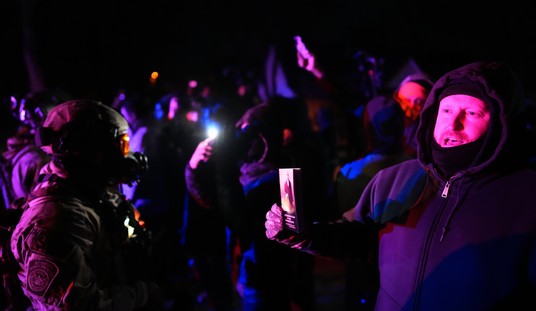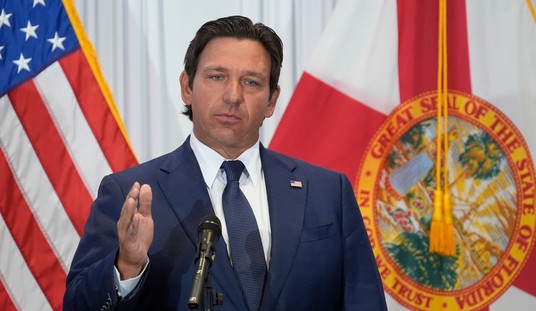
During the period immediately following the American Revolution, there were elements of the new society which still mirrored those of the old Colonial time.
One of those elements was education. The new Republic’s first schoolchildren were educated, in the main, with English textbooks from Mother England, some of which still urged allegiance to King George.
As the first years of the new United States passed, this situation grew more and more intolerable to one man who was determined to do something about it.
His name was Noah Webster. A native of West Hartford, Connecticut, Webster chafed at what he saw as insufficient inculcation of patriotism, Christianity and, not surprisingly, correct spelling technique to the youth of America.
Born in 1758, Webster graduated from Yale at age twenty and after being admitted to the Hartford bar, in 1783 he published his first educational aid, called “A Grammatical Institute of the English Language.” It had three parts: a spelling book, a grammar book and a reader. It became known as the “Blue-Backed Speller” due to how it was bound, and before long it was the single most widely used textbook in America.
Webster was passionate about the Americanization of the English language, noting that in common use, Americans spelled certain words differently from their overseas forebears. In Old English, words were often spelled in whatever manner seemed comfortable to the user, which offended Webster’s sense of order. In arguing for standardization, he used wit as well as wisdom to plead his case:
“There iz no alternativ. Every possible reezon that could ever be offered for altering the spelling of wurds, stil exists in full force; and if a gradual reform should not be made in our language, it wil proov that we are less under the influence of reezon than our ancestors.”
The work of compiling his Reader complete, Webster then set out to standardize not only the spelling of words but also their meaning, so children across America could speak the same language. The next 45 years of Webster’s life were spent in this quest, and on this date in 1843, Webster registered the copyright for the first dictionary of American English.
In so doing, Webster had a dual purpose. Not only did he want American children to speak like Americans (and spell ‘color’ instead of ‘colour’), he also wanted to instill the Christian values he felt were vital to a civilized society.
Yet even modern social conservatives might be surprised to read Webster’s thoughts on the subject. A devout man, he was completely convinced that the education of American children should follow a Christian path:
“In my view, the Christian religion is the most important and one of the first things in which all children, under a free government, ought to be instructed. … No truth is more evident to my mind than that the Christian religion must be the basis of any government intended to secure the rights and privileges of a free people. “
In perusing Webster’s 1828 dictionary, which is available online, the author’s feelings about religion are made crystal clear. “Education is useless without the Bible,” he once said. As such, his dictionary contains nearly 6,000 scriptural references, including this one:
MAR’RIAGE, noun [Latin mas, maris.] The act of uniting a man and woman for life; wedlock; the legal union of a man and woman for life. Marriage is a contract both civil and religious, by which the parties engage to live together in mutual affection and fidelity, till death shall separate them. Marriage was instituted by God himself for the purpose of preventing the promiscuous intercourse of the sexes, for promoting domestic felicity, and for securing the maintenance and education of children.
Marriage is honorable in all and the bed undefiled. Hebrews 13:4
Webster’s dictionary defined over 70,000 words, about 12,000 of which appeared for the first time, such as “skunk” and “squash”. However, the dictionary sold less than 2,500 copies in its first edition, nearly ruining Webster financially. The royalties from his 1783 reader amounted to less than one cent per copy, but due to the sheer volume of sales, he was still able to support his family. Webster had to mortgage his house to produce a second edition of his dictionary.
Yet none of those obstacles stopped him. An avowed Federalist, Webster was loyal to the party of John Adams, an ardent abolitionist, and also utterly unafraid to express his opinion. His method of choosing candidates was as blunt as the man himself:
“In selecting men for office, let principle be your guide. Regard not the particular sect or denomination of the candidate – look to his character.”
Webster would likely have viewed Donald Trump as a person with suspicion, but he did hold at least one firm belief which would have resonated very strongly with today’s Trump base:
“Every child in America should be acquainted with his own country. He should read books that furnish him with ideas that will be useful to him in life and practice. As soon as he opens his lips, he should rehearse the history of his own country.”
Webster would also have had strong words for today’s Democrats:
“A pure democracy is generally a very bad government. It is often the most tyrannical government on earth; for a multitude is often rash, and will not hear reason.”
Webster spent the remainder of his life working on the second edition of his dictionary. A few days after completing an appendix to that version in 1843, Webster died at age 85.
Today, many Americans associate the name Webster with “dictionary” — to the point where his own name lost its trademark protection and is now used commonly. After Webster’s passing, brothers George and Charles Merriam purchased the rights to Webster’s work from his estate, with the end result being the Merriam-Webster dictionaries still in popular use today.
Happy Sunday and enjoy today’s open thread!














Join the conversation as a VIP Member